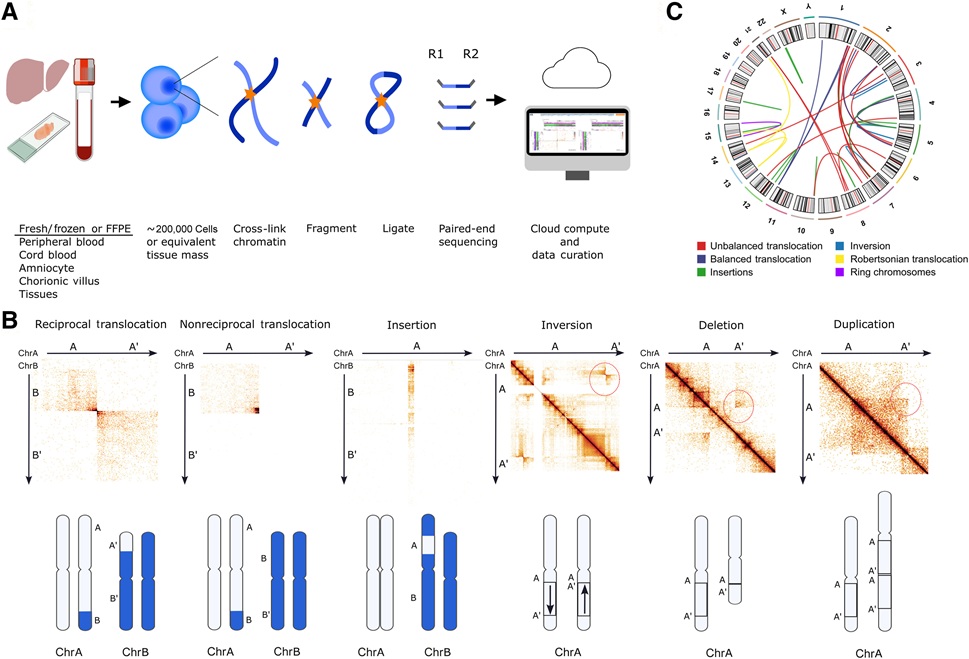Biomarker Identified for Multiple Myeloma
By LabMedica International staff writers
Posted on 02 Jan 2013
A molecule that typically prevents cell death has been identified as a potential biomarker to identify an incurable form of cancer in the bone marrow. Posted on 02 Jan 2013
Most people who develop this cancer, known as multiple myeloma (MM), have no clearly identifiable risk factors for the disease except for being older than 50 years of age, male and obese, which may predispose individuals to the cancer.
Scientists at the Agency for Science, Technology and Research (A*STAR, Singapore) discovered that a protein called Fas apoptosis inhibitory molecule (FAIM) can affect the activation of alpha serine/threonine-protein kinase (AKT), an important enzyme required for cancer cell proliferation. The team used various techniques including cell culture, Western blot analysis of protein expression, transfection, and cell viability assays.
They also investigated the messenger ribonucleic acid (mRNA) expression of FAIM in normal and malignant plasma cell samples from 15 healthy individuals and 147 patients with various plasma cell neoplasms. The latter include 22 cases of monoclonal gammopathy of undetermined significance, 24 smoldering MM and 101 symptomatic MM and of the 101MM cases, 72 were newly diagnosed, and 29 were relapsed cases. The FAIM expression level was found to be significantly increased in MM patients compared with normal individuals. More importantly, when compared with asymptomatic but malignant condition such as smoldering MM, the expression level of FAIM was again found to be higher for MM. Therefore, FAIM appears to be aberrantly upregulated in MM.
Lam Kong-Peng, PhD, the professor who led the study said, "We found that this protein was present at higher levels in the plasma cells of these patients as compared to normal individuals, and that higher levels of FAIM correlated to poorer survival outcomes of patients. This is an important breakthrough as it not only identifies FAIM as a useful biomarker of multiple myeloma patients, but also as a good target that drugs can be developed for, in order to get rid of the cancer cells." The study was published on December 4, 2012, in the journal Leukemia.
Related Links:
Singapore Agency for Science, Technology and Research














